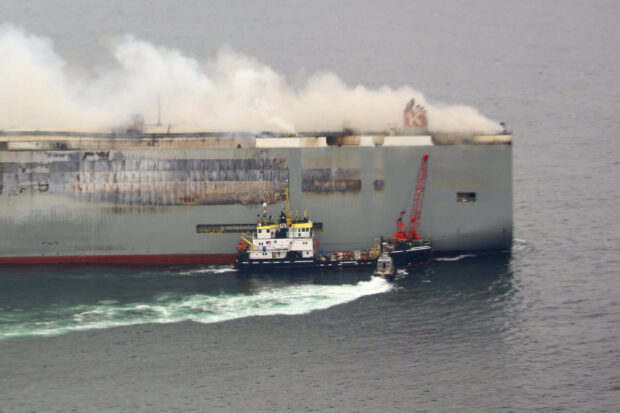- Joined
- Jul 15, 2023
- Messages
- 981
There’s always risk in all reservoirs of potential energy. Dams break, reactors leak, petrol stations burn, coal plants release toxins, natural gas lines explode. Many of these have happened more often than any of us realize because we generally accept it as necessary. Heck we have dams and nuclear reactors on profoundly geologically inappropriate areas all over the country.I appreciate the technical points, but at the end of the day, we are still experiencing a staggering number of fires despite this, three in the last three months in New York alone. We can't just hand-wave that away because we have systems in place that *should* prevent them. Again, as I noted, these are all from big names that many would recognize, that is rightfully concerning.
Yes, I appreciate that the lithium iron phosphate chemistries are less likely to catch fire (this is what my dear friend has for his off-grid setup), but there IS still a risk. I was under the impression that Tesla was switching to this with their Megapacks, but it's unclear as to when that transition actually took(?) place, and both Victoria and Moss Landing have had fires, the latter being an extremely recent project, commissioned the middle of last year.
I'm not writing it off, far from it, I think batteries are quite practical in cars, if we can get some of this stuff sorted. And, the rate of seemingly spontaneous self-ignition seems much lower in the the transportation segment than it does the grid storage one. But, that doesn't mean we shouldn't be concerned about, or discussing these sorts of events.
I do think there are better options for grid storage however.
Yes, so I think it would be beneficial if we had more details on what the types of cells were in these systems that have caught fire. That's often omitted, and while Tesla advertised the Megapack as being Lithium Ion, it seems to have potentially already transitioned to LFP as early as 2021, so sometimes the media is outdated or inaccurate.
All reservoirs of potential energy need the correct implementation. Bad engineering will always risk the runaway escape of that energy. I really don’t think lithium battery technology is inherently unsafe for grid backup. At worst, untested technology was pressed into service prematurely with poor implementation. Sadly, this tends to be the process by which regulatory oversight and technological problem solving catches up.

